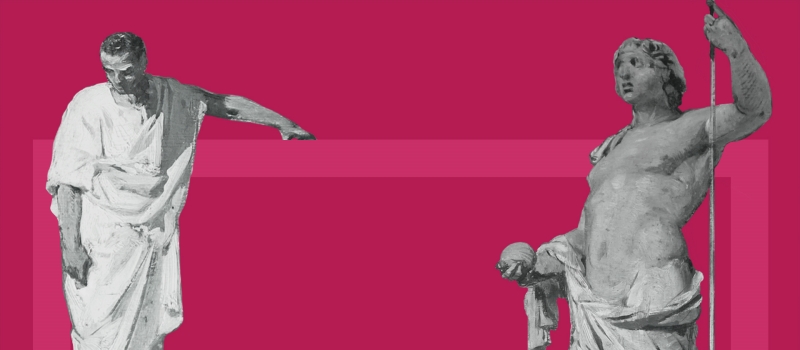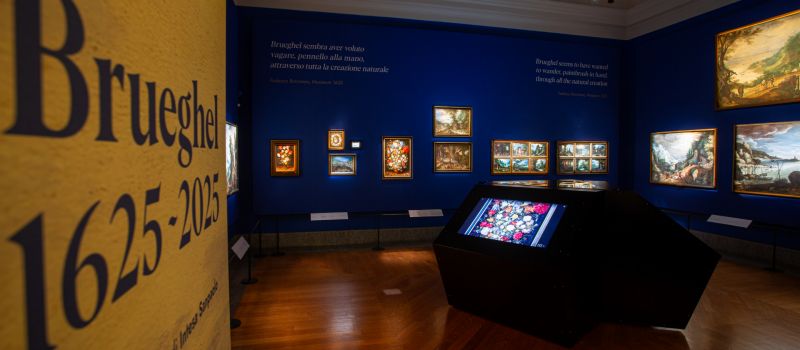My wish is that the distinguished scholars and the Academy as a whole should be passionate about the hope to contribute through the work of scholars to this endeavour. The movements of people and families cannot be reduced to problems of public order, to emergencies involving welfare operations, of phenomena that frighten aging societies jealous for their own well-being.
The movements of people and families can become opportunities for encounters and a basis for the future, if knowledge prevails over fear, if tradition is explored as a factor of fertility and not just defended as if it were a precious ornament, if a political framework is not confined to limiting suffering and does not presume to seek to integrate the other or others in the attempt to make everyone the same.
Instead, the building of fraternal comity requires everyone to have the right to speak and everyone to be in a position to listen. And the contributions of scholars must enable us to bring to light the values and limits of each culture and promote mutual appreciation.











